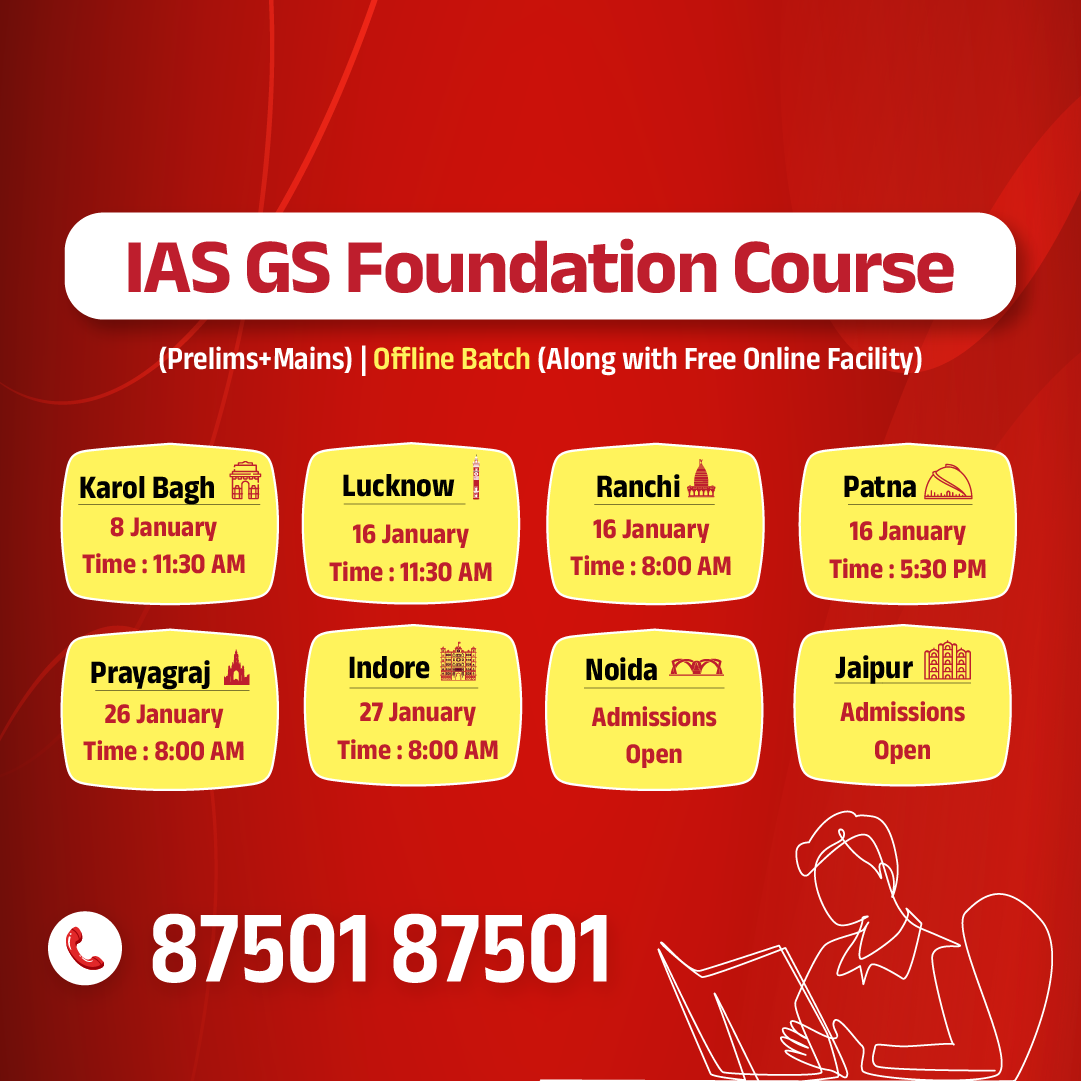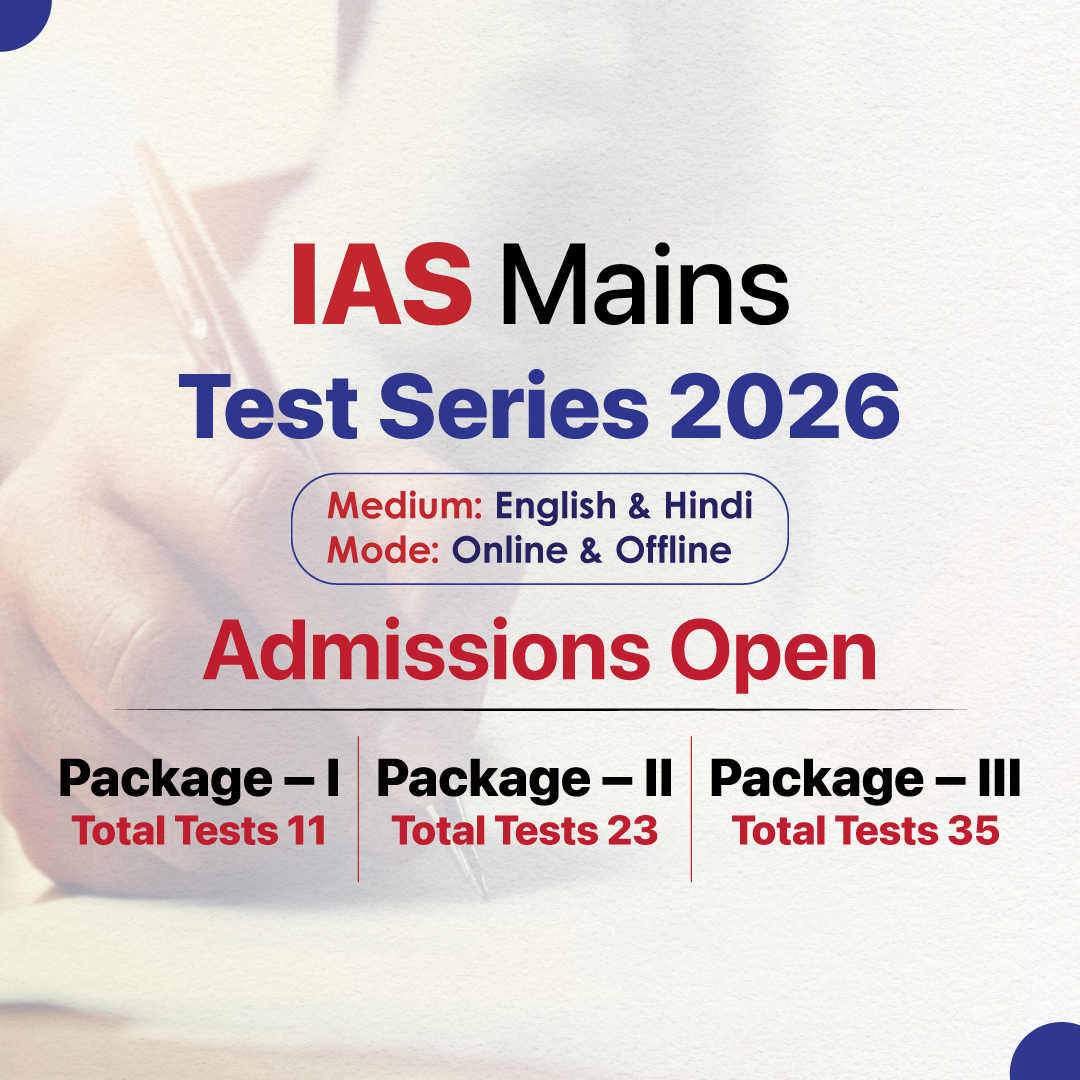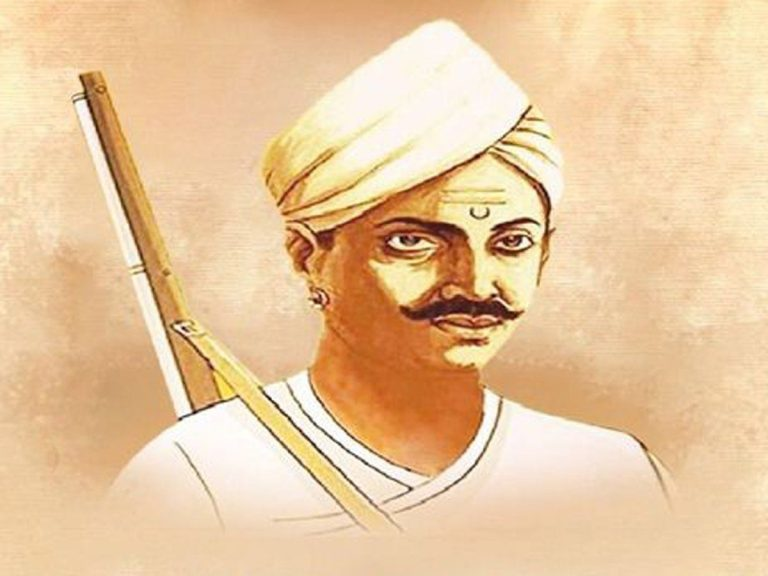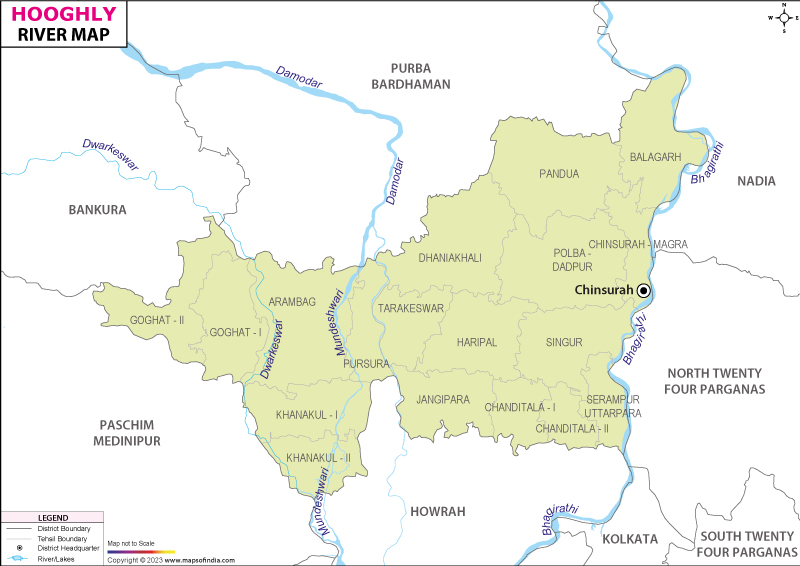Chhattisgarh Switch to Hindi
Chhattisgarh's EMRS to Receive Rs. 10 Crore Boost from CIL
Why in News?
The Ministry of Tribal Affairs (MoTA) has partnered with Coal India Ltd (CIL) to support 68 Eklavya Model Residential Schools(EMRS) in Chhattisgarh, aiming to improve education for tribal students.
Key Points
About the Partnership
- About:
- CIL will support 68 Eklavya Model Residential Schools (EMRS) in Chhattisgarh, benefiting over 28,000 tribal students.
- A total of Rs 10 crores has been sanctioned under CIL's Corporate Social Responsibility (CSR) initiatives.
- This initiative aligns with the Government's efforts under the National Education Policy (NEP) 2020, which focuses on equitable and inclusive educational opportunities for all sections of society.
- This comprehensive intervention seeks to:
- Bridge educational gaps.
- Foster career readiness and an entrepreneurial mindset.
- Empower tribal youth with the necessary tools to succeed in today's digital economy.
- Create a modern and innovative learning environment in EMRS.
- Key Interventions:
- Promotion of Digital Education: Establishment of computer labs and purchase of around 3200 computers and 300 tablets for students.
- Health and Hygiene for Girl Students: Installation of approximately 1200 sanitary napkin vending machines and 1200 incinerators in schools and hostels.
- Comprehensive Mentorship for Students: Structured mentorship programs to guide students academically and personally.
- Residential Entrepreneurial Boot Camps: Organizing boot camps at prestigious institutes like IITs, IIMs, and NITs to develop an entrepreneurial mindset.
- Implementation: The project will be carried out through the National Scheduled Tribes Finance and Development Corporation (NSTFDC), a section 8 company under the Ministry of Tribal Affairs.
About Eklavya Model Residential Schools (EMRS)
- About: EMRS is a flagship initiative launched by the Ministry of Tribal Affairs (MoTA) in 1998 to provide free, quality residential education to Scheduled Tribe (ST) students from Class VI to XII in remote and tribal-dominated areas.
- Objective: To bridge the educational gap between tribal and non-tribal populations by offering CBSE-based instruction integrated with holistic development, including sports, culture, and skill training.
- Revamp & Expansion: The scheme was revamped in 2018–19 to expand coverage.
- EMRSs are now to be established in blocks with more that 50% ST population and with at least 20,000 tribal persons with a target of 728 schools by 2026.
- Governance: EMRSs are implemented and managed by the National Education Society for Tribal Students (NESTS), an autonomous body under MoTA.
- Key Features:
- Co-educational, fully residential schools modeled on Navodaya Vidyalayas with a tribal focus.
- Follow the CBSE curriculum and provide free education along with all basic amenities.
- Infrastructure includes classrooms, labs, hostels, staff quarters, playgrounds, and cultural activity spaces.
- Each school has a capacity of 480 students with gender parity.
- Up to 10% seats may be allotted to non-ST students.
- 20% reservation under sports quota for meritorious ST students in athletics and games.
- Other Initiatives for Tribal Education
Coal India Limited
- Coal India Limited (CIL), a state-owned coal mining corporation established in November 1975, is a Maharatna company.
- It is the world's largest coal producer, contributing 80% to India's total domestic coal production.
- It operates Asia’s largest opencast coal mine at Gevra in South Eastern Coalfields Limited (SECL).
Corporate Social Responsibility
- About: Corporate Social Responsibility (CSR) refers to a company’s responsibility towards society and the environment.
- It is a self-regulating model that ensures businesses remain accountable for their impact on economic, social, and environmental well-being.
- Legal Framework: India is the first country to make CSR spending mandatory under Section 135 of the Companies Act, 2013, providing a structured framework for eligible activities.
- Applicability: CSR rules apply to companies that, in the preceding financial year, have a net worth exceeding Rs 500 crore, or a turnover of over Rs 1,000 crore, or a net profit above Rs 5 crore.
- Such companies must spend at least 2% of their average net profit of the last 3 financial years (or available years if newly incorporated) on CSR activities.
Uttar Pradesh Switch to Hindi
Women Economic Empowerment (WEE) Index
Why in News?
The latest Women Economic Empowerment (WEE) Index, developed by the Department of Planning, highlights the significant progress made in enhancing women's economic participation in Uttar Pradesh.
Key Points
About the WEE Index
- About: It is a pivotal report from the Planning Department and Udayati Foundation, aimed at evaluating the impact of government schemes on women and fostering gender-inclusive, data-driven policymaking in the state.
- WEE Index Structure: The index evaluates all 75 districts based on five key parameters:
- Entrepreneurship
- Employment
- Education & Skill Development
- Livelihood
- Safety & Transportation infrastructure
- 49 indicators from 15 departments are analyzed to gauge performance across these categories.
- District Classification: The districts were categorized based on their performance in the WEE Index:
- 'Champions': These districts demonstrated strong outcomes due to effective government schemes, active women's participation, and structural support. Women in these districts are excelling in entrepreneurship, education, and employment. The list includes:
- Lucknow, Kanpur Nagar, Varanasi, Jhansi, Sultanpur, Gautam Buddha Nagar, Prayagraj, Ayodhya, Sonbhadra, Rae Bareli, Gorakhpur, Deoria, Ambedkar Nagar, Agra, Ghaziabad.
- 'Leader': These districts performed well but need to maintain momentum. The list includes:
- Pratapgarh, Moradabad, Barabanki, Aligarh, Bareilly.
- 'Contender': These districts have shown progress, but more efforts are required, particularly in skill training and employment opportunities. The list includes:
- Ghazipur, Jalaun, Muzaffarnagar, Bulandshahr.
- 'Aspirational': These districts face challenges in grassroots awareness, education, safety, and self-employment. Special campaigns will be launched to address these issues. The list includes:
- Chandauli, Baghpat, Amroha, Badaun, Sitapur, Siddharthnagar, Balrampur, Mahoba, Sambhal, Shravasti.
- 'Champions': These districts demonstrated strong outcomes due to effective government schemes, active women's participation, and structural support. Women in these districts are excelling in entrepreneurship, education, and employment. The list includes:
- Key Insights of the Index:
- Education & Skill Development: There has been a notable increase in women’s involvement in education and skill development programs.
- Government initiatives such as vocational training, Mission Shakti, Pradhan Mantri Ujjwala Yojana, and Swachh Bharat Mission have empowered women socially and economically by enhancing safety, social awareness, and mobility.
- Public Transport Inclusion: Schemes to recruit women as drivers and conductors in public transport have boosted women’s economic independence and mobility.
- Education & Skill Development: There has been a notable increase in women’s involvement in education and skill development programs.
- Actionable Measures:
- Integration of WEE Index: The WEE index will be integrated into the Chief Minister’s Control Room for real-time monitoring, serving as a foundational tool for policymaking and tracking outcomes across all departments.
- Departments are required to develop actionable plans focused on women’s empowerment and create district-level strategies to localize the impact of state schemes.
- Targeted Campaigns: Specific districts such as Banda, Jalaun, Jaunpur, Mahoba, Shravasti, and Sitapur will launch campaigns under the ODOP Margin Money Scheme to increase women’s inclusion.
- Recruitment Drives: Recruitment drives for home guards and teachers will prioritize women, drawing from the successful model used in police recruitment.
- Expanding Women’s Workforce Participation: Efforts will be made to boost women’s enrollment in technical institutes, vocational programs, and skill training centers.
- The creation of ‘Re-enrolment Units’ will aim to bring back women who have dropped out of courses.
- Support for Healthcare Careers: Paramedical institutes will be developed to facilitate women’s careers in healthcare and service sectors.
- Public Transport Roles: There will be an emphasis on increasing women’s roles in public transport, specifically as drivers and conductors, by providing specialized training and support facilities.
- Integration of WEE Index: The WEE index will be integrated into the Chief Minister’s Control Room for real-time monitoring, serving as a foundational tool for policymaking and tracking outcomes across all departments.
Uttar Pradesh Switch to Hindi
Birth Anniversary of Mangal Pandey
Why in News?
The Prime Minister paid tribute to the great freedom fighter Mangal Pandey on his 198th birth anniversary on 19th July 2025.
Key Points
About Mangal Pandey
- Early Life and Background:
- Born on July 19, 1827, in Nagwa village of Ballia district (present-day Uttar Pradesh), Mangal Pandey hailed from a Bhumihar Brahmin family.
- He joined the East India Company’s army at age 22, serving in the 6th Company of the 34th Bengal Native Infantry.
- Role in Revolt of 1857:
- He refused to use the newly introduced Enfield Pattern 1853 rifle-musket, as it was believed that its cartridges were greased with beef and pork fat. It offended both Hindu and Muslim sepoys, who had to bite them open to load the weapon.
- On 29 March 1857, he fired the first shot of rebellion at the Sergeant Major of his regiment in Barrackpore, near Kolkata.
- This act of defiance triggered the historic Revolt of 1857, often referred to as the Sepoy Mutiny or the First War of Indian Independence.
- The uprising ultimately led to the end of the East India Company's rule in India, with the British Crown taking direct control through Queen Victoria’s Proclamation of 1858 and the enactment of the Government of India Act, 1858, which appointed a Viceroy in place of the Governor-General.
- Lord Canning became the first Viceroy under this new system.
- He was subsequently overpowered and hanged on 8 April 1857, by order of a Court Martial at Lal Bagan, Barrackpore.
- After Pandey’s execution, the 7th Awadh Regiment revolted and faced suppression. His regiment was disbanded, similar to the 19th Infantry at Behrampore, for displaying dissent.
- The rebellion spread across army cantonments—in Ambala, Lucknow, and Meerut.
- On 10 May 1857, sepoys in Meerut launched the uprising that escalated into a nationwide revolt.
- They marched to Delhi, urging the aged Bahadur Shah II to become their symbolic emperor. After persuasion, he accepted and was declared Shah-en-shah-i-Hindustan.
- He was the last Mughal emperor, exiled to Rangoon after the failure of the revolt.
- The Red Fort was seized on 19 September 1857, and he remained in captivity until he died in 1862.
- Significance: Mangal Pandey’s defiance in Barrackpore was not an isolated incident but a culmination of widespread resentment, religious grievances, and economic exploitation under British rule. His legacy as the trigger of the First War of Indian Independence continues to be remembered as a symbol of national resistance and patriotic sacrifice.
About Socio-Political Context of Awadh
- Mangal Pandey belonged to Awadh, a key region for Company recruitment. 75,000 sepoys from Awadh were part of the British army, and almost every agricultural family had a representative serving.
- The annexation of Awadh in 1856 by Lord Dalhousie on the grounds of misgovernance (not under the Doctrine of Lapse) and the land revenue settlements caused deep resentment.
- The Doctrine of Lapse was introduced by Lord Dalhousie (Governor-General, 1848–56). It denied adopted heirs the right to inherit kingdoms, leading to the annexation of states like Satara (1848), Punjab (1849), Jhansi, and Nagpur (1854).
- Confiscation of taluqdars' lands and harsh revenue systems led to 14,000 petitions from sepoys protesting their economic hardships. Pandey’s rebellion thus became symbolic of this cumulative peasant-military discontent.
About Other Prominent Leaders of the 1857 Revolt
- Nana Sahib (Kanpur): Adopted son of Peshwa Baji Rao II; denied pension rights by the British. Took leadership in Kanpur; fled to Nepal in 1859, where he likely died.
- Begum Hazrat Mahal (Lucknow): Widow of Nawab Wajid Ali Shah; led the revolt from Lucknow. Crowned her son Birjis Qadr as king. Lived in exile in Nepal until her death in 1879.
- Veer Kuwar Singh (Bihar): 80-year-old zamindar from Bhojpur; led guerrilla warfare. Retook Jagdishpur in 1858 before succumbing to injuries.
- Rani Laxmibai (Jhansi): Denied succession under the Doctrine of Lapse. Fought British forces under General Hugh Rose in 1858.
- Khan Bahadur Khan (Bareilly): Led a prolonged resistance in Bareilly at age 82; fought Sir Colin Campbell.
- Maulvi Liaqat Ali (Allahabad): Controlled Allahabad briefly; operated from Khusro Bagh. Arrested in 1872 and deported to Andaman Islands.
Maharashtra Switch to Hindi
India’s First IICT Inaugurated in Mumbai
Why in News?
India's first Indian Institute of Creative Technologies (IICT), modeled on IITs and IIMs, was inaugurated in Mumbai by Union Minister of Information and Broadcasting (I&B), with another campus under construction at Film City, Goregaon.
- It was launched in parallel with the outcome report of WAVES 2025, attended by over 1 lakh visitors from 100+ countries.
Key Points
About IICT
- About: The institute is a national centre of excellence for the AVGC-XR (Animation, Visual Effects, Gaming, Comics, and Extended Reality) sector.
- Institutional Infrastructure and Launch: Inaugurated at the National Films Development Corporation (NFDC) premises on Pedder Road, Mumbai.
- Designed as a state-of-the-art campus with media labs, animation training zones, and post-production suites.
- First academic session starts September 2025 with 300 students.
- Industry Collaboration & Curriculum: Partnerships with Google, Meta, Microsoft, NVIDIA, Apple, Adobe, YouTube, WPP, JioStar for:
- Curriculum design
- Internships and placements
- Startup incubation
- Scholarship programs
- MoU signed with University of York (UK) for global certification and faculty exchange.
- Vision and Funding: Part of Prime Minister’s vision for a global creative economy under Digital India.
- ₹400 crore allocated by the Centre for campus construction.
- Additional ₹150 crore fund by Maharashtra Government to promote WAVES & creative economy.
- Significance for India: The global AVGC-XR market is projected to grow at 10–15% CAGR; IICT aims to tap into this opportunity.
- It is projected to become a tourist attraction and cultural landmark in Mumbai.
- Supports India's Atmanirbhar Bharat and Skill India missions by creating a skilled workforce for future digital jobs.
- Positions India as a hub for immersive tech and content creation, reducing dependency on foreign-trained talent.
- Elevates Mumbai’s status as a creative capital, with future IICT campuses planned across India.
About WAVES 2025 Summit
- It was a global summit for the media and entertainment (M&E) industry, organized by the Ministry of Information and Broadcasting.
- It aims to promote dialogue, innovation, and collaboration across the media and entertainment (M&E) sector, boosting India's role as a global hub for digital content and innovation.
- Bharat Pavilion, a museum on the visual history and legacy of India's entertainment industry, was also inaugurated at Gulshan Mahal on the same premises as IICT.
- The Bharat Pavilion will feature four immersive storytelling zones — Shruti, Kriti, Drishti, and Creator’s Leap — under the theme “Kala to Code”.
- These zones celebrate India's transition from traditional arts to digital creativity and global cultural engagement.
West Bengal Switch to Hindi
Doi Ghat Redevelopment Along Hooghly River
Why in News?
Syama Prasad Mookerjee Port (SMP), Kolkata, and TNS Logi-Park Pvt. Ltd. signed a Memorandum of Understanding (MoU) to redevelop the historic Doi (Dahi) Ghat under a Corporate Social Responsibility (CSR) initiative, aiming to restore its cultural and economic legacy.
- The Doi Ghat project aligns with SMP’s broader initiative to develop and beautify the Hooghly riverfront for cultural revival and tourism.
Key Points
- Historical and Cultural Significance of Doi Ghat:
- Located at the confluence of Adi Ganga and the Hooghly River, opposite Howrah.
- The name "Doi Ghat" is derived from the Bengali word doi (curd), due to its historic link to the dairy trade from Howrah.
- It was a vital riverine trade and cultural exchange point between rural Bengal and colonial Calcutta.
- Significance of the MoU:
- Urban Heritage Conservation: Revives a forgotten socio-cultural landmark.
- Public-Private Partnership (PPP): Demonstrates successful collaboration for social development.
- Tourism and Community Engagement: Adds to riverfront aesthetics and fosters cultural pride.
- Sustainable Development: Integrates heritage, environment, and infrastructure goals.
- Alignment with Clean Ganga Mission: Supports the broader national objective of restoring sacred rivers.
- About Adi Ganga:
- Known historically as Gobindapur Creek, Surman’s Canal, and Tolly’s Canal.
- Served as the main course of the Hooghly River between the 15th and 17th centuries before silting and diversion.
- Currently a polluted urban water body; efforts are underway for its revival and rejuvenation, including:
- National Mission for Clean Ganga (NMCG) has sanctioned ₹650 crore.
- Adi Ganga included in a multi-country South Asian river pollution combat project.
- Hooghly River:
- A 260 km distributary of the Ganga originating from Murshidabad.
- Formed when the Ganga splits into Padma (towards Bangladesh) and Hooghly (towards West Bengal).
- Known also as Bhagirathi-Hooghly or Kati-Ganga.
- Crucial for port trade, transport, cultural life, and religious activities in Bengal.


.png)




.jpg)























.png)


.jpg)

 PCS Parikshan
PCS Parikshan



